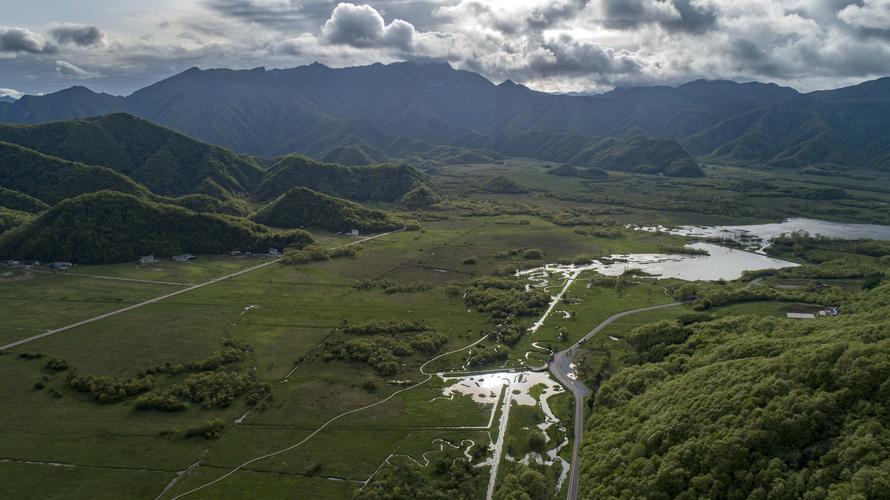Exploring the Significance of 2010 Cultural Heritage Sites
In 2010, the United Nations Educational, Scientific and Cultural Organization (UNESCO) added 21 new cultural heritage sites to its list, bringing the total number of World Heritage Sites to 911. These newly recognized cultural sites spanned the globe, including locations in Asia, Europe, the Middle East, and South America. The importance of these cultural heritage sites cannot be overstated as they provide us with a glimpse into our past and help us understand our present.
One of the most notable heritage sites added in 2010 is the Episcopal City of Albi in France. This location is home to some of the most outstanding examples of brick Gothic architecture, including the Sainte-Cécile Cathedral and a series of impressive palaces. The city’s rich history and impressive architecture have helped it to become a popular UNESCO site and tourist destination.
Another noteworthy UNESCO-listed site is the Historic Bridgetown and its Garrison in Barbados. This location was added to the list because of its historical and cultural significance in relation to the transatlantic slave trade. The site features a number of well-preserved 17th and 18th-century buildings that offer insight into the lives of slaves and slave owners in Barbados during colonial times.
In Africa, the new UNESCO World Heritage Site includes the Rock Art of the Hail Region of Saudi Arabia. This particular location features some of the most exceptionally well-preserved rock art that dates back more than 7,000 years. The site offers insight into ancient hunting and gathering practices and features vibrant paintings depicting various aspects of life in the region.
Furthermore, the new cultural heritage sites in South America include the Pre-Hispanic City of Teotihuacan in Mexico. This impressive city was built more than 2,000 years ago and features some of the most breathtaking examples of Mesoamerican architecture. It also contains large open areas, pyramid structures, and impressive decorations.
The inclusion of these cultural heritage sites on the UNESCO list is crucial as it has helped to preserve these locations for future generations. These sites are an important connection to our past, and help us to learn more about our shared history. Moreover, the recognition of these cultural heritage sites has helped to create job opportunities and boost tourism in the regions.
In conclusion, the inclusion of the 2010 Heritage sites on the UNESCO list has provided us with priceless cultural treasures and has helped us connect to our collective past. These cultural heritages hold immense importance as they provide us with insights into our ancestors’ traditions, customs, and way of life. These sites’ preservation is crucial to maintain their historic and cultural significance and help us sustain them for future generations.
(Note: Do you have knowledge or insights to share? Unlock new opportunities and expand your reach by joining our authors team. Click Registration to join us and share your expertise with our readers.)
